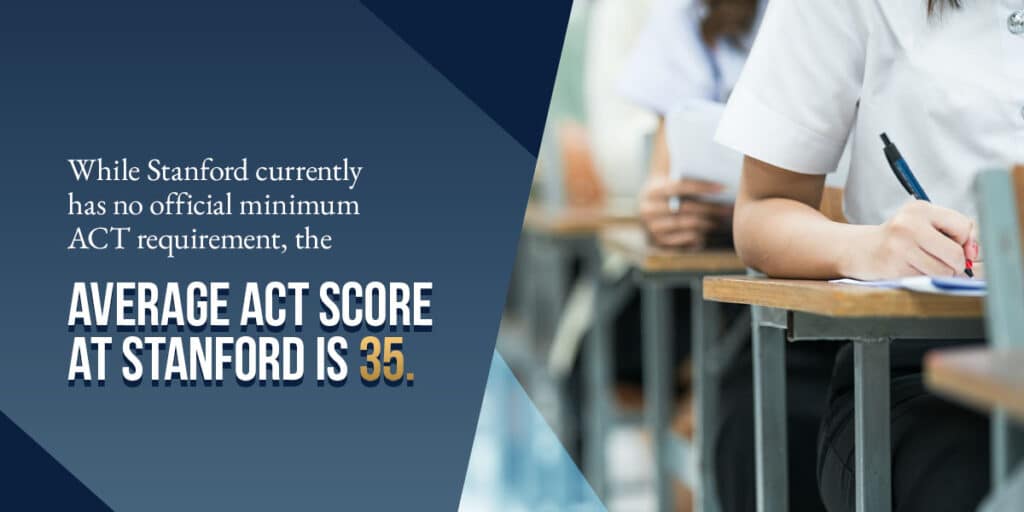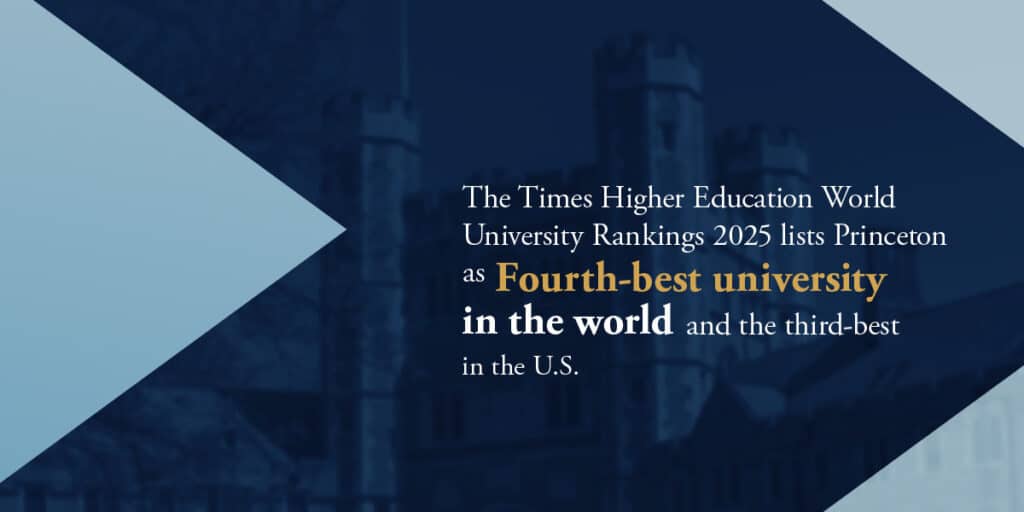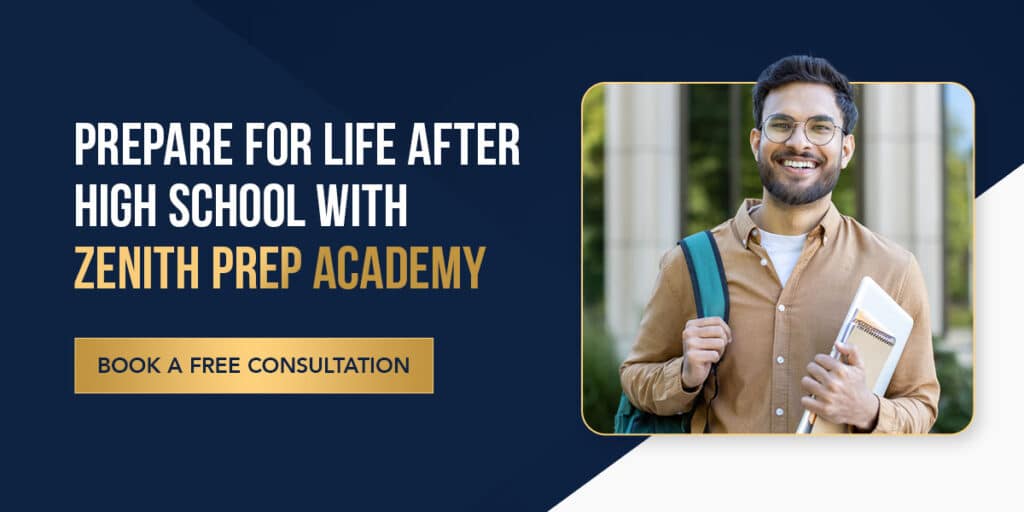High school students preparing for college often experience a mix of excitement and anxiety. College is a significant milestone, and the journey leading to it requires careful planning. To navigate this process effectively, a customized roadmap is essential for understanding goals, tracking progress, and making necessary adjustments along the way.
The Importance of a College Roadmap
Many people associate college preparation with academic performance, such as taking advanced placement courses, earning high grades, and achieving high standardized test scores. However, a comprehensive roadmap extends beyond academics. Competitive colleges seek more than just high-achieving students; they look for individuals who can collaborate, lead, and contribute meaningfully to their communities. These skills are best demonstrated through involvement in clubs, engagement with the community, and innovative problem-solving initiatives. Balancing these elements with excellent academic achievement requires strategic planning, which is why a roadmap is necessary.
What Is a Roadmap for College?
A roadmap is a structured, year-by-year plan that helps balance academics and extracurricular activities to align with long-term goals. While the roadmap may evolve over time as interests deepen and challenges arise, a well-defined direction ensures a smoother path forward.

8 Steps to Creating a Customized Roadmap
A well-structured roadmap breaks down what might seem like an overwhelming process into manageable steps.
1. Set Clear Goals
The first step involves setting clear, achievable goals. Discussions with parents or mentors about academic and career aspirations can provide clarity. The following questions can help identify strengths and areas of interest:
- Which subjects are most enjoyable and why?
- What activities spark the most interest?
- What topics or fields provoke curiosity?
Additional questions require external research:
- Which careers seem appealing? Conducting informational interviews with professionals can provide insight into various career paths.
- Which colleges align with personal goals? Virtual or in-person campus visits can offer a broader perspective on the available options.
Once these questions are addressed, backward planning can help define SMART (Specific, Measurable, Achievable, Relevant, Time-bound) goals for each high school year. These may include maintaining a target GPA, joining a club, or securing an internship.
2. Assess Current Standing
Before moving forward, it is crucial to assess the current academic and extracurricular standing. A holistic evaluation, similar to how colleges assess applicants, provides a complete picture. This involves reviewing academic performance, recognizing strengths, and identifying areas for improvement.
Beyond academics, extracurricular activities should also be analyzed. Extracurriculars are not limited to school-sponsored clubs and sports. They include part-time jobs, caregiving responsibilities, nonprofit involvement, creative projects, and personal initiatives.
Reflecting on the following questions can provide valuable insight:
- What accomplishments have been achieved so far?
- How can involvement in current activities be deepened?
- What opportunities exist for leadership and community-building within these activities?
3. Outline Yearly Plans
With goals established and an assessment of the current standing complete, outlining yearly plans is the next step. Below are sample goals for each high school year:
- Freshman Year:
- Develop a digital calendar for balancing academic and extracurricular commitments.
- Build relationships with teachers by initiating conversations early in the year.
- Join at least two to three extracurricular activities and strive for leadership roles.
- Sophomore Year:
- Strengthen relationships with teachers and seek opportunities for deeper academic exploration.
- Engage in community service beyond school-sponsored activities to develop leadership skills.
- Begin studying for standardized tests like the SAT or ACT.
- Junior Year:
- Enroll in the most challenging courses available and refine time management skills.
- Finalize a list of prospective colleges and preferred majors.
- Take on leadership roles within extracurricular activities and initiate new projects.
- Senior Year:
- Begin working on college applications during the summer before the school year starts.
- Prepare to transition leadership responsibilities in extracurricular activities.
- Express gratitude to parents, teachers, and mentors for their support.
4. Develop an Academic Plan

A well-crafted academic plan ensures students take the most challenging courses relevant to their intended field of study. For example, a student planning to major in mechanical engineering should prioritize advanced math and science courses.
Since course prerequisites often dictate academic progression, early planning is necessary. Consider the example of a student who decides in 11th grade that enrolling in AP Calculus BC is necessary for their intended college major. If this student is only in Algebra 2, it may be too late to meet the required prerequisites. Every high school has different policies regarding course progression, and understanding these early can make a significant difference in academic planning. A better academic plan that was crafted earlier might have a student taking geometry over the summer before 9th grade in order to do Algebra 2 in 9th grade, Precalculus in 10th grade, Calculus AB in 11th grade, and Calculus BC in 12th grade. But that pathway is ONLY possible if the student starts early and things ahead.
Academic planning should also include an analysis of learning strategies. Each student has unique study habits, and experimenting with different methods can help determine the most effective approach. Some students benefit from flashcards, while others find that teaching material to someone else reinforces their understanding. Some work best in the morning, while others are more productive at night. Finding the right study habits often requires deliberate effort and the development of new routines rather than relying solely on what feels most natural.
5. Research Colleges
Researching colleges helps students determine which institutions align best with their aspirations. Considerations should include:
- Geography: Proximity to home, regional industry hubs, and climate preferences.
- Majors: Not all colleges offer the same programs, and some have specialized opportunities.
- College Size: Larger universities offer research opportunities and diverse student bodies, while smaller colleges provide more personalized learning experiences.
Once a list of target schools is established, reviewing admissions requirements, deadlines, and scholarship opportunities will help in planning the application process.
6. Build a Calendar to Track Goals
A comprehensive schedule is necessary to manage academic deadlines, extracurricular commitments, application timelines, and personal responsibilities. Digital calendars or planners can assist in tracking progress and preventing scheduling conflicts.
7. Foster Communication
Successful planning requires communication with key stakeholders:
- Parents: Discuss logistical and financial considerations for extracurricular activities and college plans.
- Friends and Extended Family: Seek advice and networking opportunities.
- Teachers: Build strong relationships that can lead to mentorship and strong letters of recommendation.
- School Counselors: Gain insights into school policies and opportunities for academic advancement.
Effective communication fosters a support system that enhances college readiness.
8. Review and Adjust
A roadmap should remain flexible and subject to regular review. At the end of each school year, reflecting on the following questions can help refine goals:
- Were initial goals met?
- What strategies worked well?
- What could be improved?
- Have interests or aspirations shifted?
Adjusting plans based on these reflections ensures continuous progress toward college success.
Unlocking Potential with Zenith Prep Academy
Zenith Prep Academy recognizes that every student has unique educational aspirations. With a dedicated team of college counselors, the academy provides personalized career planning and guidance tailored to individual learning styles and goals. Thousands of students have benefited from this approach, achieving success in their college journeys.
A free consultation is available for families seeking expert guidance. Through personalized planning and support, students can develop a roadmap that leads to their desired achievements.





















